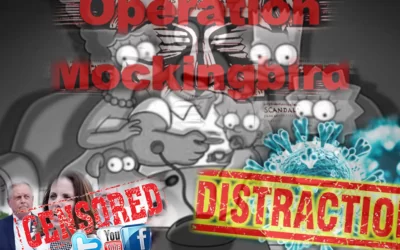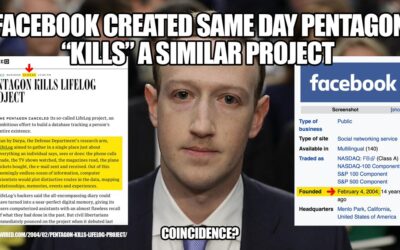NSA whistleblower William Binney said some pretty explosive things during his interview with DemocracyNow! late last week, but arguably his most newsworthy comments have thus far elicited hardly any reaction among the mainstream press.
First of all it was a very depressing thing to have happen that they would turn their capabilities that I built for them to do detection of foreign threats, to have that turned on the people of the United States, that was an extremely depressing thing for me. And that made it all the more important for me to try to do things to get the government to correct its own criminal activity.
And I did that by going to the House intelligence committees. I also attempted to see Chief Justice Renquist, to try to address that issue to him. And I also visited the Department of Justice Inspector General’s office, after Obama came in to office, by the way, to no avail.Now that was before the 2009 joint IG report on surveillance. Which basically said you need to have better and more active monitoring of these surveillance programs. It didn’t say anything else, so, it just did simply, absolutely nothing. Because the oversight that’s given to the intelligence community is virtually nonexistent from Congress. I mean they are totally dependent because they have no way of really knowing what’s happening inside the agencies involved unless they have people come forward to tell them, like me. They would not know those things.
[Poindexter] was actually pushed out, to test the waters, to see how Congress would be receptive to what they were already doing. In other words that process of building that information about everybody, getting ‘total information’, was already happening. And they threw Poindexter out with DARPA…but it was actually already happening. And the question was, would it be acceptable to Congress, because they were keeping it very closely held in Congress, calling it a covert program. So that would make it a process to find out what the reaction would be if they expose to Congress what they were already doing.
As the director of the effort, Vice Adm. John M. Poindexter, has described the system in Pentagon documents and in speeches, itwill provide intelligence analysts and law enforcement officials with instant access to information from Internet mail and calling records to credit card and banking transactions and travel documents, without a search warrant.…In order to deploy such a system, known as Total Information Awareness, new legislation would be needed, some of which has been proposed by the Bush administration in the Homeland Security Act that is now before Congress. That legislation would amend the Privacy Act of 1974, which was intended to limit what government agencies could do with private information.…The system would permit a team of intelligence analysts to gather and view information from databases, pursue links between individuals and groups, respond to automatic alerts, and share information efficiently, all from their individual computers.The project calls for the development of a prototype based on test data that would be deployed at the Army Intelligence and Security Command at Fort Belvoir, Va. Officials would not say when the system would be put into operation.
Another important piece of the interview describes the means by which the FBI, collaborating with the NSA in its investigations of William Binney and Thomas Drake, built its case against the whistleblowers.
I’m sure there are. And I know a number of them that are but they’re so, they’re so afraid to do anything. I mean, they’ve seen what happened to us — they sent the FBI to us. So they’re afraid of being indicted, prosecuted, and even if you win the case if you’re indicted, you’re still going to lose, because you’ve had to hire a lawyer and all like Tom [Drake] did and we did. So you lose anyway you speak of it. When they have unlimited funds to do whatever they want, and you don’t, they can indict you on any number of things like they tried to do with us.



